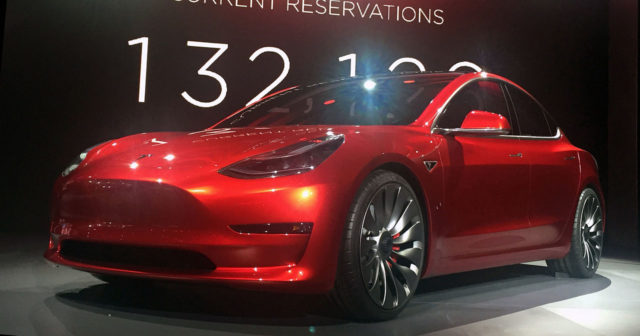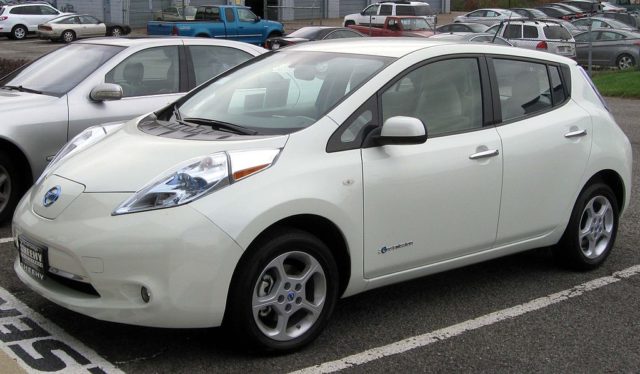Undoubtedly the Go Green mantra has impacted many aspects of our modern lives, and is expected to positively contribute in giving our lifestyles a more earth-friendly path. Recently, the revelation that the ozone has considerably healed since 1987 – when in the Montreal Protocol all the members of UN vowed to take emergency measures in order to reduce the emission of CFCs – was the cause of much celebration amongst the environmentalist community.
One newly emerged icon of the Green movement is the electric car or EV. Reportedly more and more drivers now seek to shift towards a much greener driving alternatives, hence the electric vehicle has now become something of a hip must-have.
Earlier this year when Tesla made the announcement for its Model 3, costing just $24,000, it signaled a shift in planning – the company moving to prioritize more mainstream EVs over the luxury vehicles that made it famous.

Not many people – including the current users of the EVs – are familiar with the fact that these electric cars are not a very modern invention at all. In fact, they have been around for over 150 years. Recently there has been a surge in collectors looking for vintage EV models by visiting auction houses and snatching them for a modest fortune.
When asked about the growing vintage EV trend, Mr. Donnie Gould, a Car Specialist with auction house RM Sotheby, said that there is certainly a dramatic upsurge in the demand for more vintage electric cars in auctions all over the world. Gould said that over the last four decades, most EVs have been produced by rather obscured manufacturers, who focussed more on luxury – which produce more revenue – over making them more mainstream. However, says Gould, Tesla’s new plans for its thriving electric car business is forcing collectors and often first time buyers to look for EVs from back in the time.
The popularity of the electric car is undoubtedly increasing in leaps and bounds; according to a survey carried out by a Paris-based advisory group International Energy Agency, the number of electric vehicles on the road already hit 1.26 million in 2015. These figures are astonishing, as they mark an increase of more than 100 times the number of active EV’s in 2010. However, these cars come with a set of pros and cons; the most important pro is that these vehicles are environmentally friendly, since these cars replace hazardous, poison-spewing fossil fuels with cleaner electricity. As an added bonus, they are quiet and only require a charging pod instead of long ques in patrol station.
Having said that, skeptics point towards the practical issues of EVs; more electric cars on the road would require more charging/plug-in stations around the world. This is because a standard EV could only travel so far before requiring a good long charge in order to carry on its journey, and EVs at the moment are quite expensive as compared to fuel run cars.
So, the consumers are left with the dilemma to either care for the environment and leave their pockets in despair, or buy a fuel run vehicle and turn a blind eye to the dangerous emissions it produces. For instance, Nissan Leaf which costs the upwards of £40,000 has the range of some 105 miles, meaning it requires a full charge for few hours after every 105 miles; and even that varies according to the terrain it travels.

Despite all the cons, the sale of the Electric cars is increasing every year, and some buyers and collectors are looking in the past to find some of the first EVs ever produced. Back in the days, these vehicles were never part of any environmental friendly plan; rather these EVs were mostly bought by the elite for their wives due to their user-friendly systems and compact designs.
